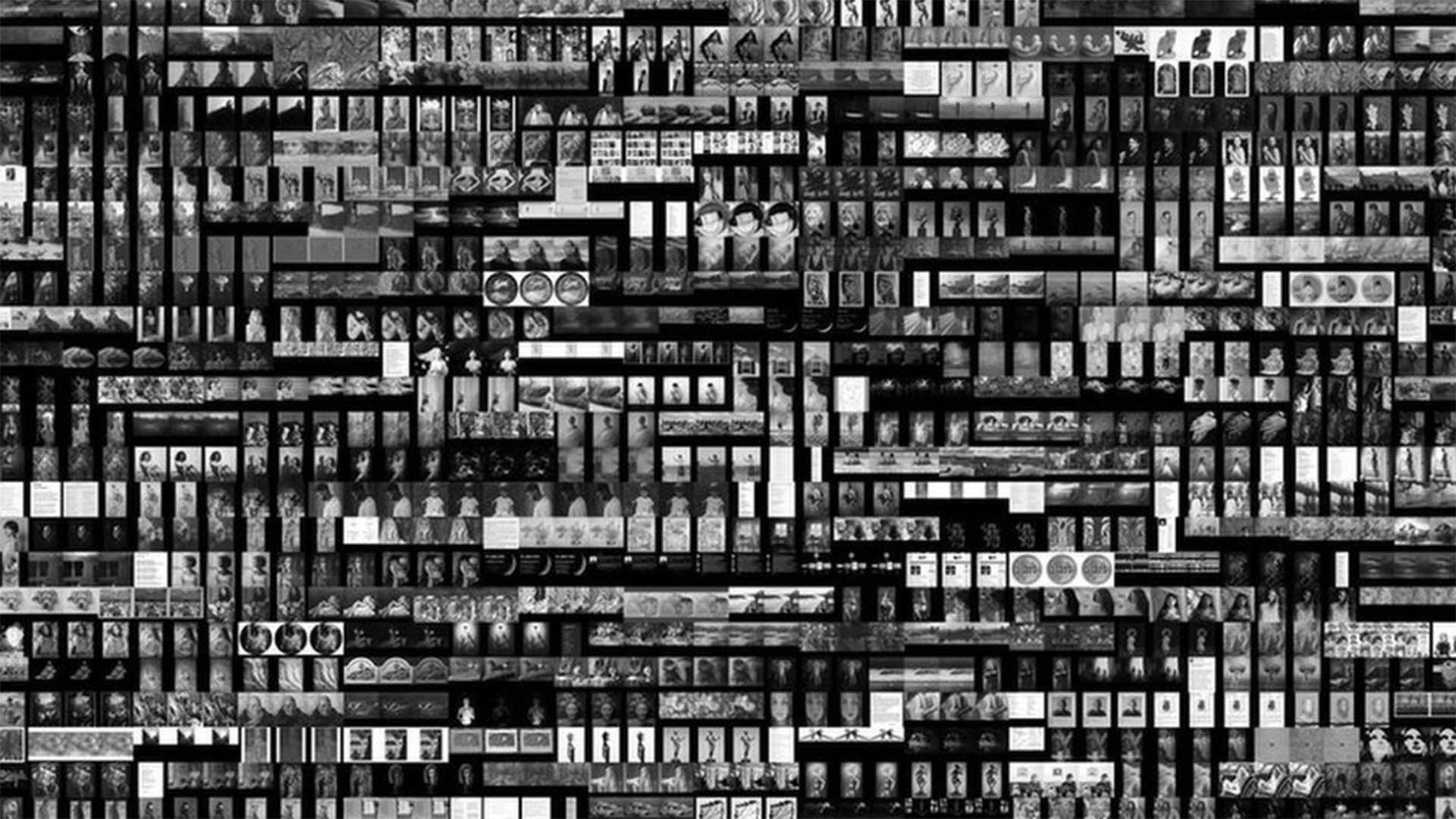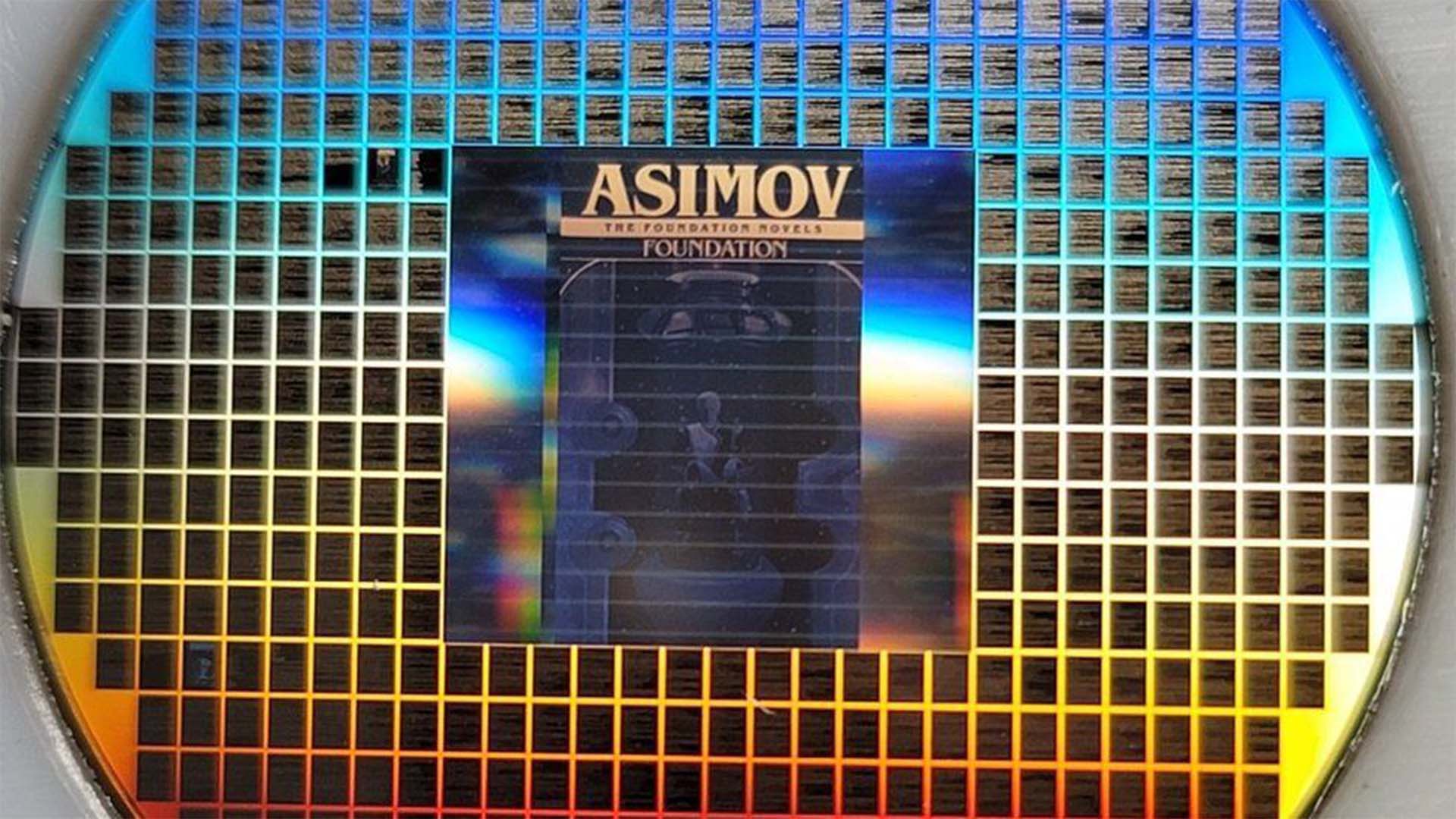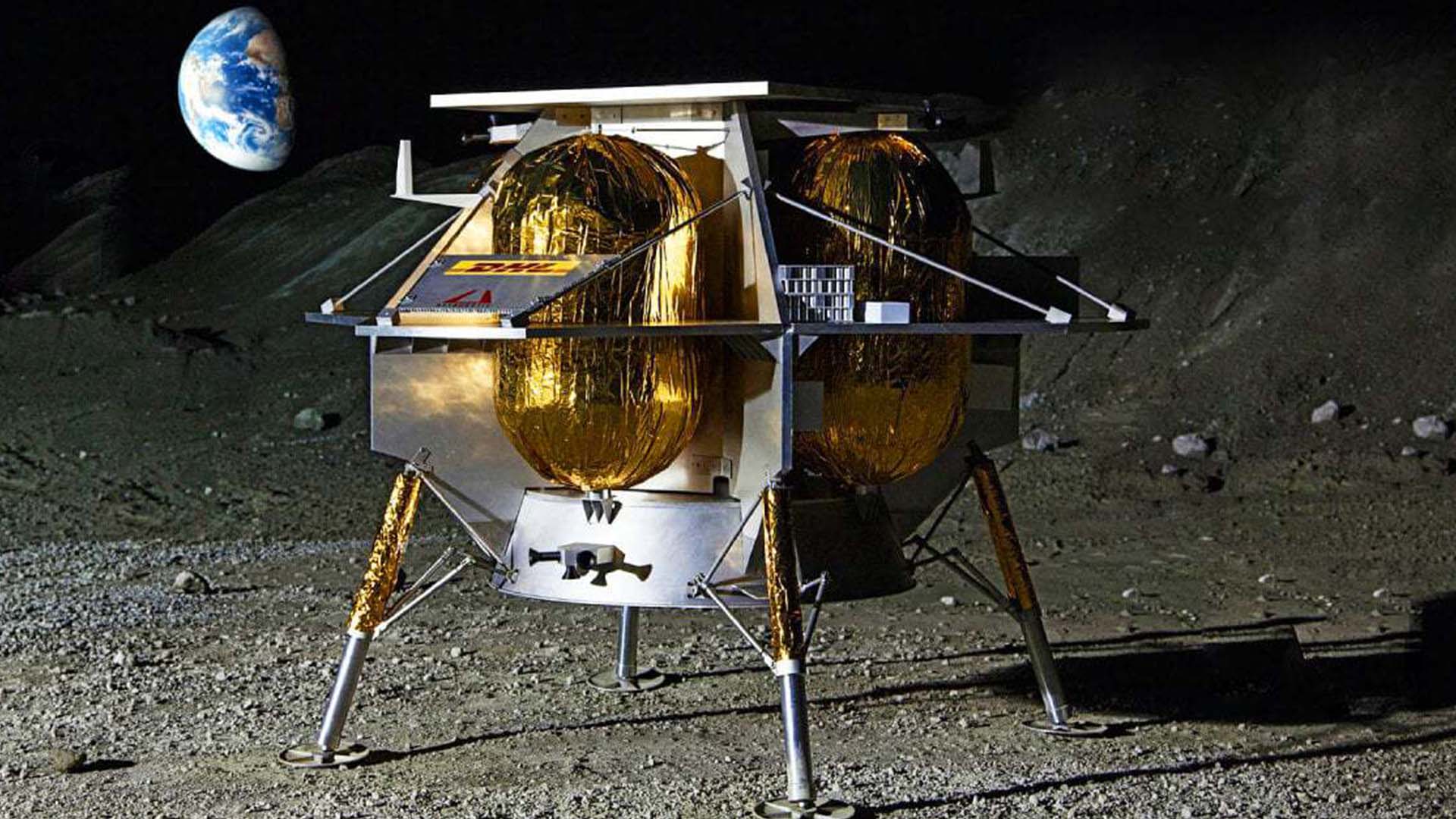Explore Tomorrow's World From Your Inbox
Get the latest science, technology, and sustainability content delivered to your inbox.
I understand that by providing my email address, I agree to receive emails from Tomorrow's World Today. I understand that I may opt out of receiving such communications at any time.
A collection of art known as the Lunar Codex is currently being digitized in preparation to be transported to the moon.

“This is the largest, most global project to launch cultural works into space,” Samuel Peralta, a semi-retired physicist and art collector from Canada, says to the Times. “There isn’t anything like this anywhere.”
The Lunar Codex art collection is in the process of being digitized and stored on memory cards or laser-etched on NanoFiche (a 21st-century update on film-based microfiche) in preparation for the missions that will take the material to the lunar surface.
The works in the collection were gathered from 30,000 artists, filmmakers, writers, and musicians from 158 countries around the world. The objects, magazines, images, books, podcasts, movies, and music are divided into four distinct capsules. A few of the items enclosed include a portrait assembled from Lego bricks, a collection of poetry from every continent, and woodcuts printed on Ukrainian soil.
The first capsule, known as the Orion collection, has already flown around the moon when it launched on the Orion spacecraft as part of Nasa’s Artemis 1 mission in 2022. In the upcoming months, a series of lunar landers will take the Lunar Codex capsules to various destinations in craters at the moon’s south pole and a lunar plain called Sinus Viscositatis.

The Nova Collection is launching in October/November 2023 to Malapert A Crater in the Lunar South Pole, The Peregrine Collection is launching in November/December 2023 to Sinus Viscositatis, and The Polaris Collection is launching in November 2024 to Nobile Crater in the Lunar South Pole.
These will not be the first artworks to be sent to the moon, this practice dates back to the Apollo 12 mission in 1969 which carried a small ceramic tile bearing line drawings from Andy Warhol, the painter Robert Rauschenberg, and the sculptors Forrest Myers and John Chamberlain. The Apollo 15 crew left a 9 cm-tall aluminum sculpture by Belgian artist Paul van Hoeydonck on the moon a mere two years later.
Chris Riley, the producer of the Sundance-winning documentary In the Shadow of the Moon, noted that the Apollo 11 crew left a silicon disc of messages from world leaders on the moon. “Here we are almost 60 years later, and many nations and companies are now heading for the moon, carrying with them much of what makes us human,” he said. “The Lunar Codex project epitomizes this, by taking the work of 30,000 of us to lodge on the lunar surface.”
The archive of the Lunar Codex collection also includes Ayana Ross’s New American Gothic, winner of the 2021 Bennett prize for female artists; linocuts and woodcuts by Oleysa Dzhurayeva, a printmaker who left Kyiv soon after Russia invaded Ukraine; and paintings from Connie Karleta Sales, an artist, and poet with neuromyelitis optica, an autoimmune disease which attacks the optic nerves and spinal cord.

Given the recent news regarding alien life, it’s also worth speculating how these pieces may be viewed by extraterrestrial life. Chris Lintott, a professor of astrophysics at Oxford University and co-presenter of the BBC’s The Sky at Night, wonders what alien civilizations might make of our art, and what we might make of theirs. “In thinking about Seti [the search for extraterrestrial intelligence], we have talked about detecting alien art; would a sufficiently advanced civilization, for example, find it pleasing to have stars on other sides of the galaxy blink in unison? If so, could we spot it? Would we recognize it as art? Maybe it’s as difficult to imagine some alien traveler finding these archives and recognizing them for what they are.”
Samuel Peralta is leading the effort and describes the off-world archive as a message in a bottle to future generations. The collection is meant to remind future generations of the world that historical events such as economic crises, pandemics, and war didn’t stop people from creating works of beauty.
Peralta writes on the project’s website: “Our hope is that future travelers who find these time capsules will discover some of the richness of our world today … It speaks to the idea that, despite wars and pandemics and climate upheaval, humankind found time to dream, time to create art.”







